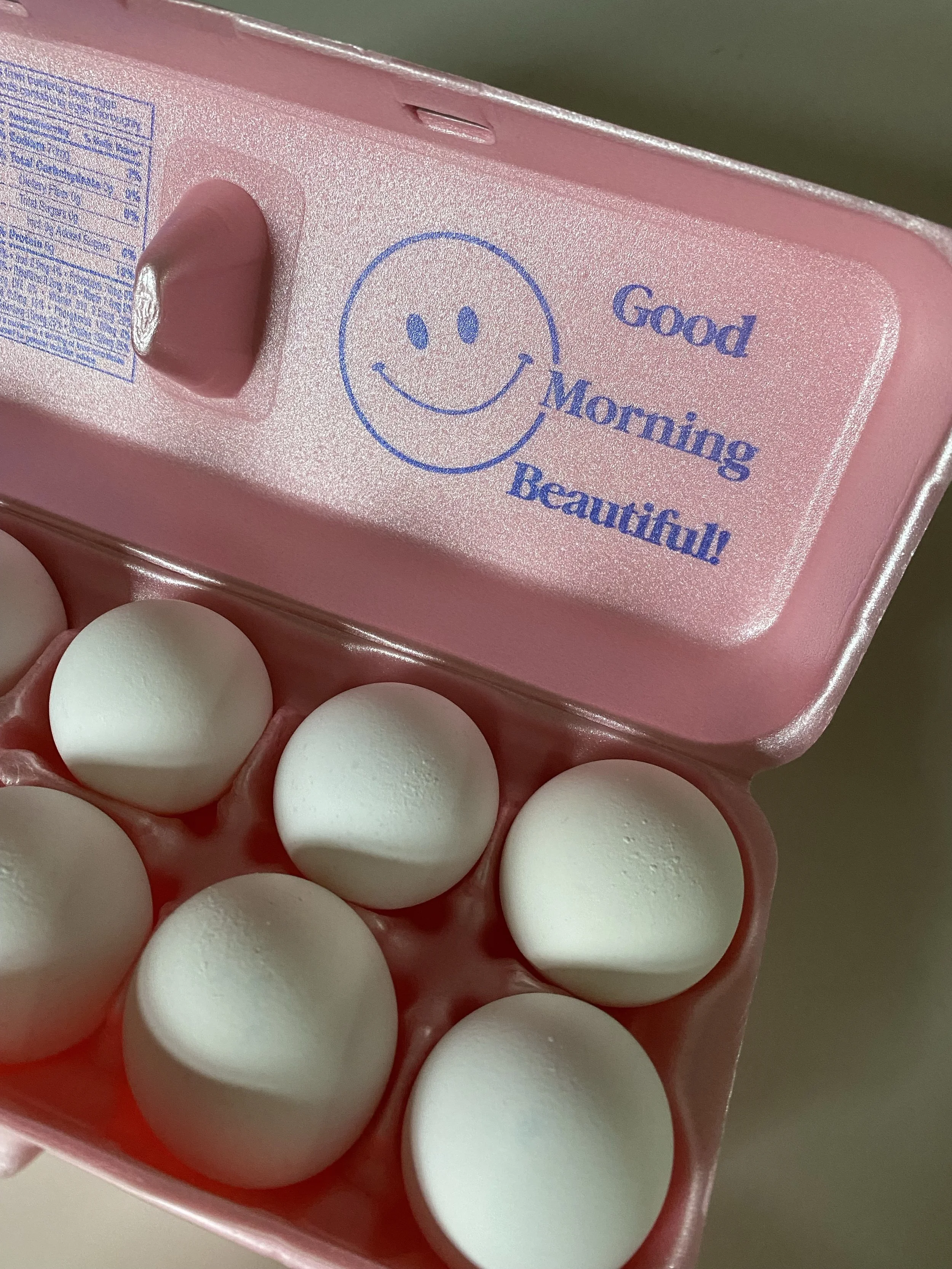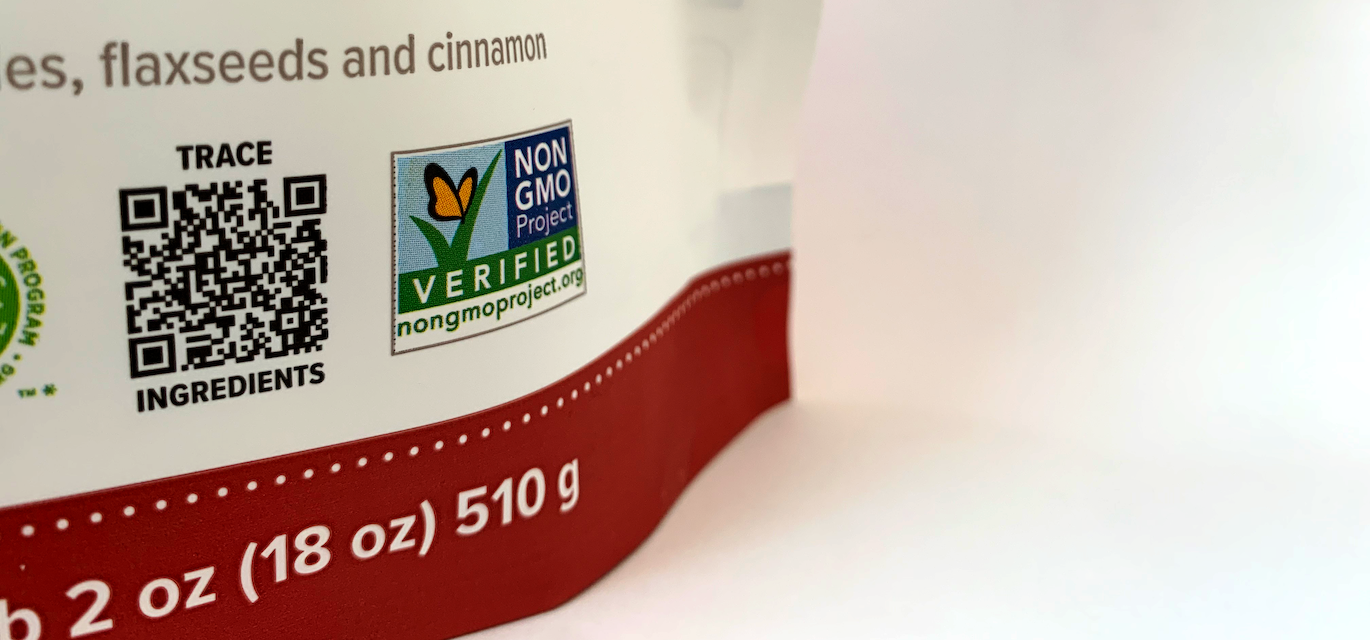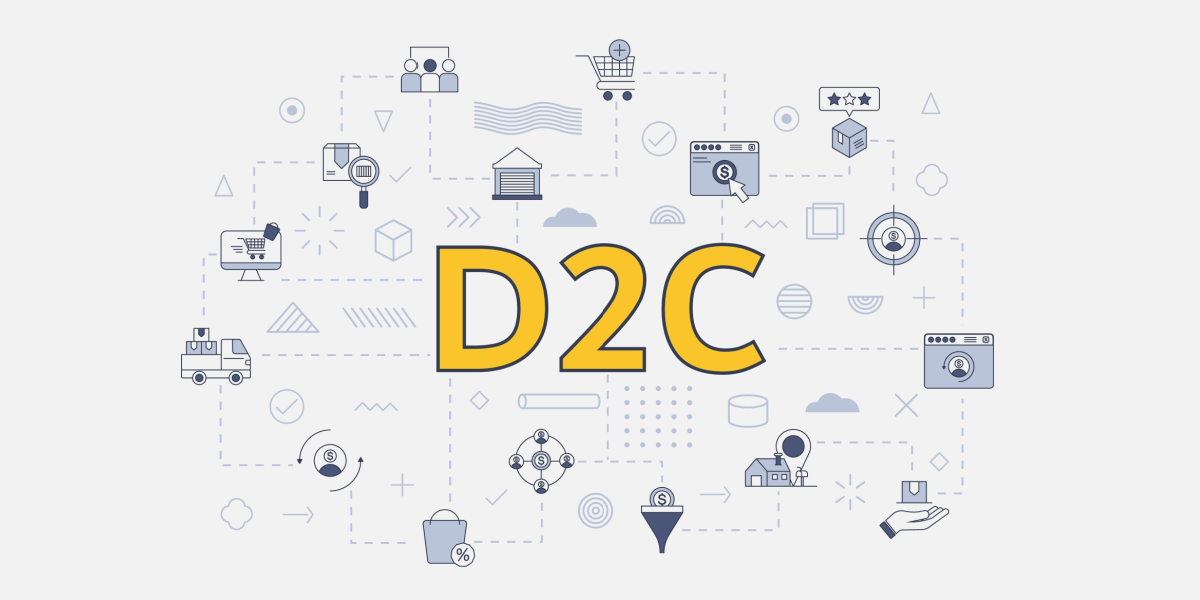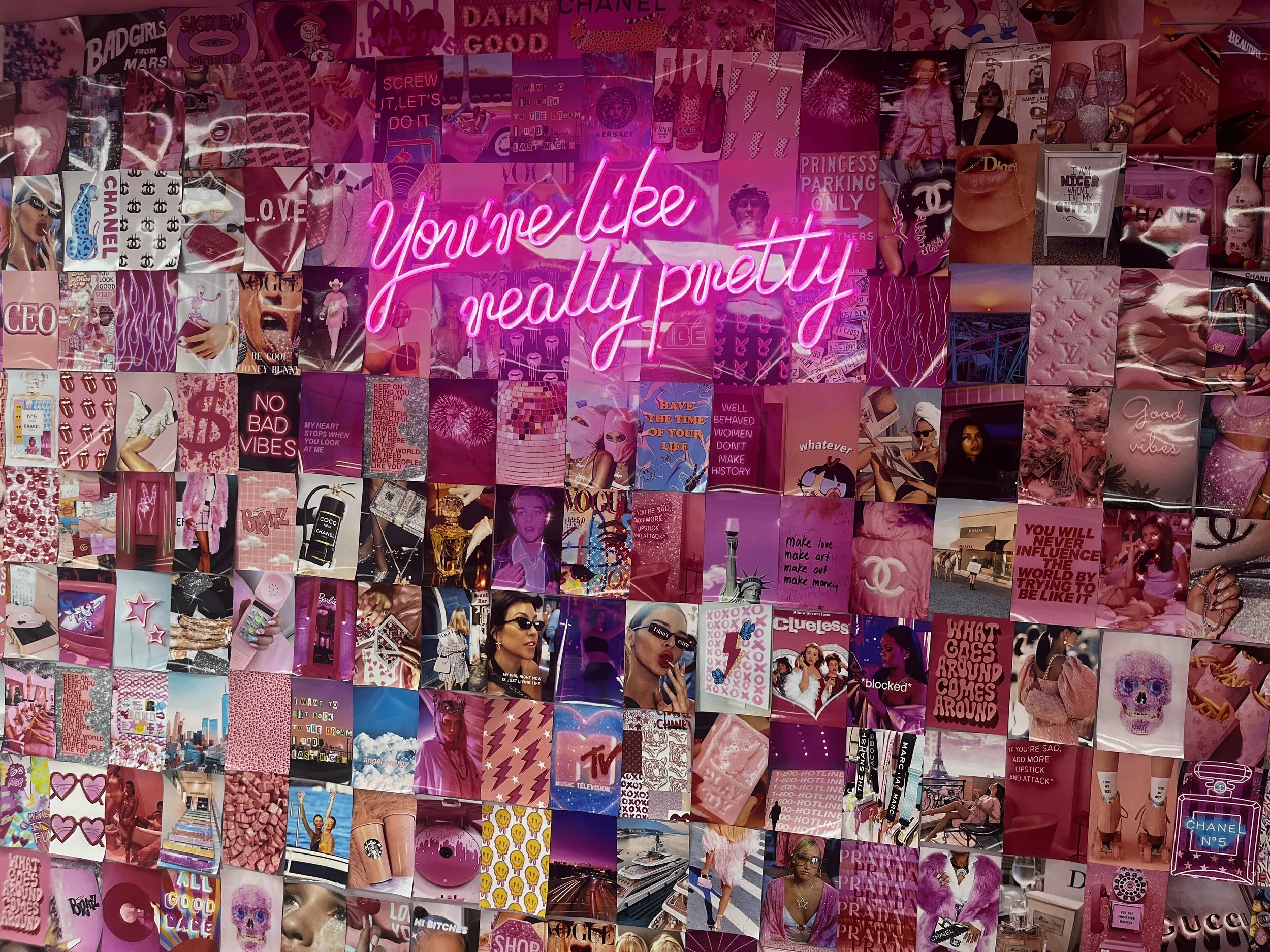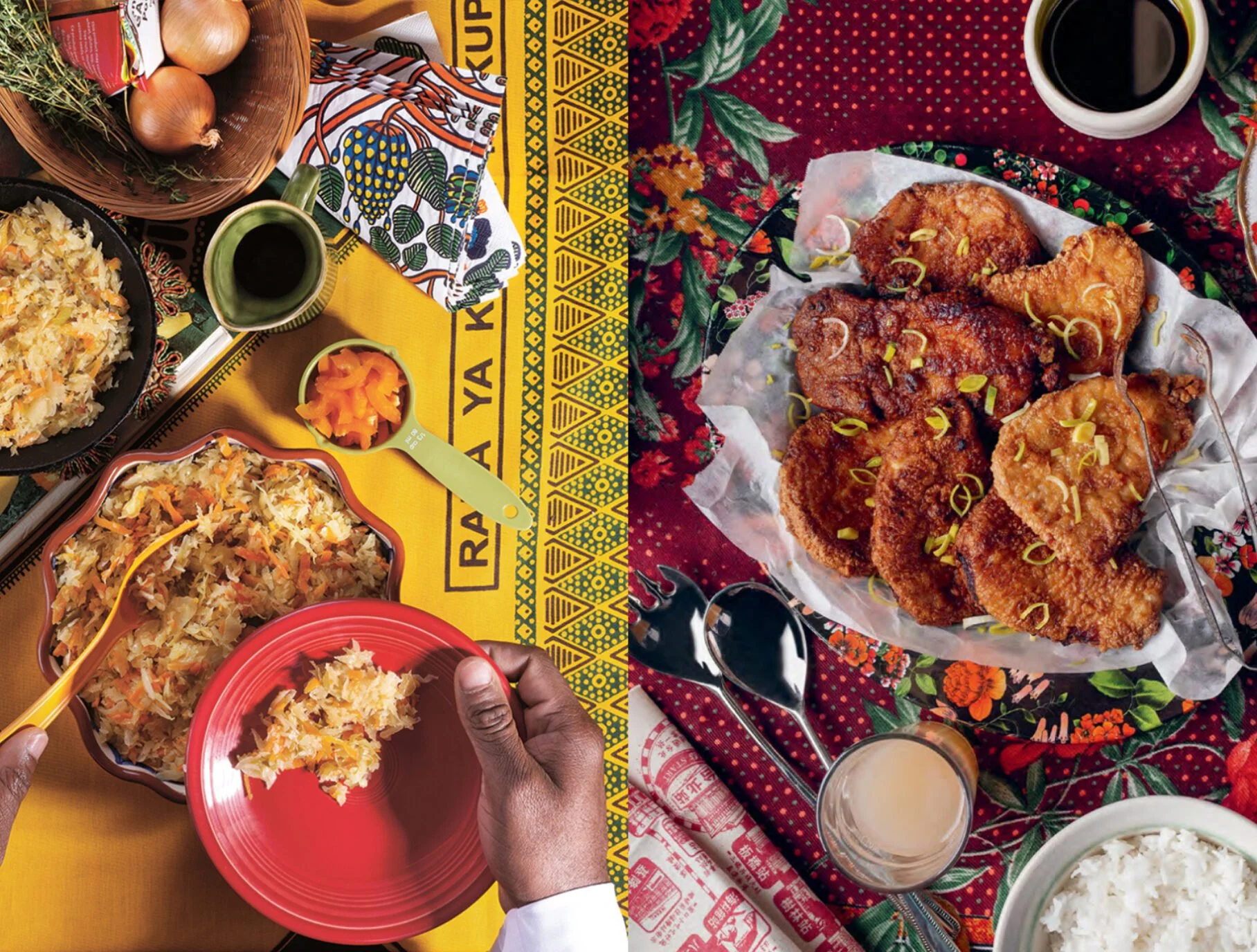The Five Types of Smart Packaging That Actually Work
Not all smart packaging is created equal. Based on our work with Canadian CPG brands, here are the approaches that drive real engagement and business results:
1. The Storyteller: Building Brand Connection
What It Is: Packaging that uses technology to tell your brand story in compelling, multimedia ways.
How It Works: QR codes or NFC chips that link to video content, founder stories, behind-the-scenes footage, or detailed product information.
Best For: Premium brands, artisanal products, or any brand where story and values drive purchase decisions.
🍁Canadian Example: A craft brewery uses QR codes to link to videos of their brewmaster explaining the inspiration behind each seasonal beer, plus food pairing suggestions from local chefs.
The Success Factor: Content that feels exclusive and valuable, not like an advertisement. Think Netflix documentary, not 30-second commercial.
2. The Helper: Solving Real Consumer Problems
What It Is: Smart packaging that makes products easier to use, store, or get the most value from.
How It Works: Links to usage instructions, recipe ideas, storage tips, guides, or customer support.
Best For: Complex products, new categories, or anything that benefits from education.
🍁Canadian Example: A plant-based meat alternative includes a QR code linking to cooking tips specific to Canadian climate conditions (because yes, altitude and humidity affect cooking), plus recipes developed by Canadian chefs.
The Success Factor: Genuinely useful information that customers actually want to access.
3. The Authenticator: Building Trust and Transparency
What It Is: Packaging that provides verification, supply chain transparency, or quality assurance information.
How It Works: Track-and-trace capabilities, authenticity verification, sourcing information, or quality testing results.
Best For: Premium products, supplements, organic foods, or any category where trust is crucial.
🍁Canadian Example: An organic maple syrup producer uses smart packaging to show the exact farm location, harvest date, and third-party testing results for each batch.
The Success Factor: Information that builds confidence and justifies premium pricing.
4. The Personalizer: Creating Individual Experiences
What It Is: Packaging that adapts based on who's scanning it, when they're scanning it, or what they've purchased before.
How It Works: Dynamic content that changes based on scan location, time, or linked customer data.
Best For: Subscription products, loyalty programs, or brands with diverse product lines.
🍁Canadian Example: A protein powder brand provides different workout suggestions and nutrition advice based on whether the customer is scanning in Vancouver (outdoor activities) or Toronto (gym-focused).
The Success Factor: Personalization that feels helpful, not creepy.
5. The Activator: Driving Immediate Action
What It Is: Smart packaging that encourages specific behaviours or drives immediate engagement.
How It Works: Exclusive offers, loyalty program enrolment, social sharing prompts, or gamification elements.
Best For: Impulse categories, new product launches, or brands building customer databases.
🍁Canadian Example: A snack brand includes instant-win games accessible through packaging, with prizes ranging from free products to experiences with Canadian influencers.
The Success Factor: Clear value exchange—customers get something meaningful for their engagement.


